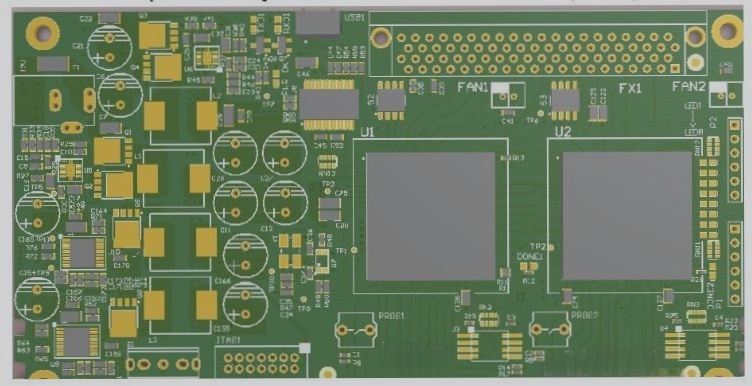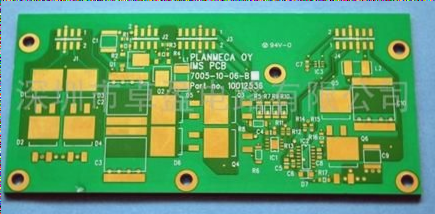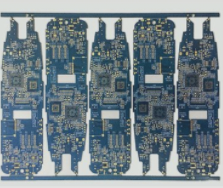The Key Components of Single Chip Microcomputer Application System Hardware Circuit Design
1. The hardware circuit design of a single chip microcomputer application system comprises two main components:
- System Expansion: This involves extending the functionality of the microcontroller beyond its internal components like ROM, RAM, I/O, timer/counter, and interrupt system. When internal units are insufficient, external chips must be selected, and corresponding circuits designed.
- System Configuration: This includes setting up peripheral devices such as keyboards, displays, printers, A/D and D/A converters in alignment with the system’s functional requirements, necessitating appropriate interface circuit design.
Principles for System Extension and Configuration
- Opt for typical circuits that align with common microcontroller usage for standardization and modularization.
- Ensure system expansion and peripheral configurations meet current functional needs while allowing for future development.
- Consider hardware and software interactions, simplifying hardware with software where possible.
Optimizing System Performance
When selecting devices for the system:
- Choose components that align with the microcontroller’s characteristics, such as low-power components for a low-power system using a CMOS chip microcontroller.
- Implement reliability and anti-interference measures through careful chip selection, decoupling filtering, and proper PCB layout.
- Consider the driving capability of the microcontroller in peripheral circuit design to ensure reliable system operation.
Focus on Integration in Hardware Design
Emphasize integration to reduce power consumption and increase stability:
- Address mutual interference among components in systems with multiple devices.
- Strive for System-on-a-Chip (SoC) designs like the ST company’s μPSD32 series, integrating multiple functions onto a single chip for enhanced performance.




